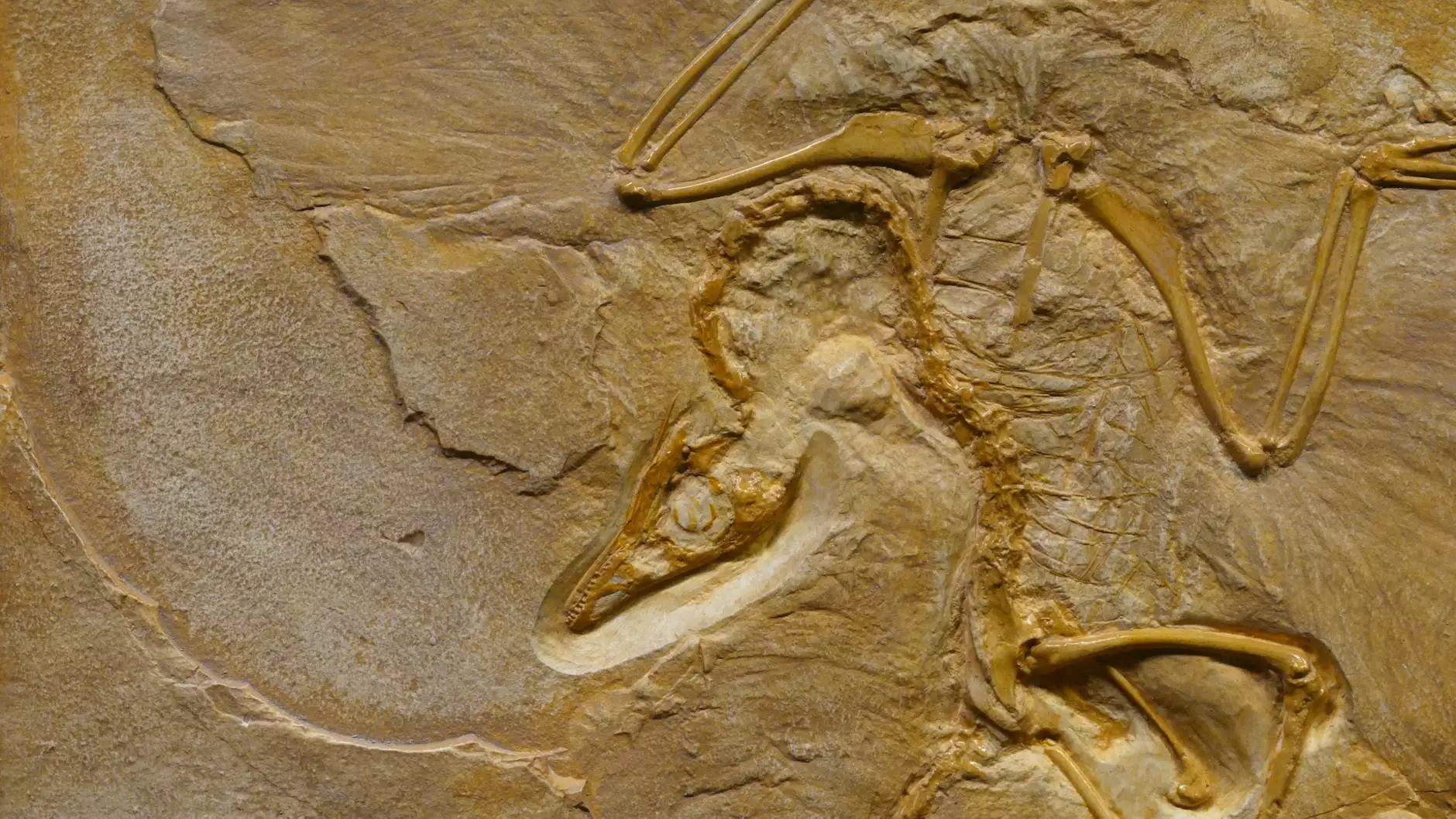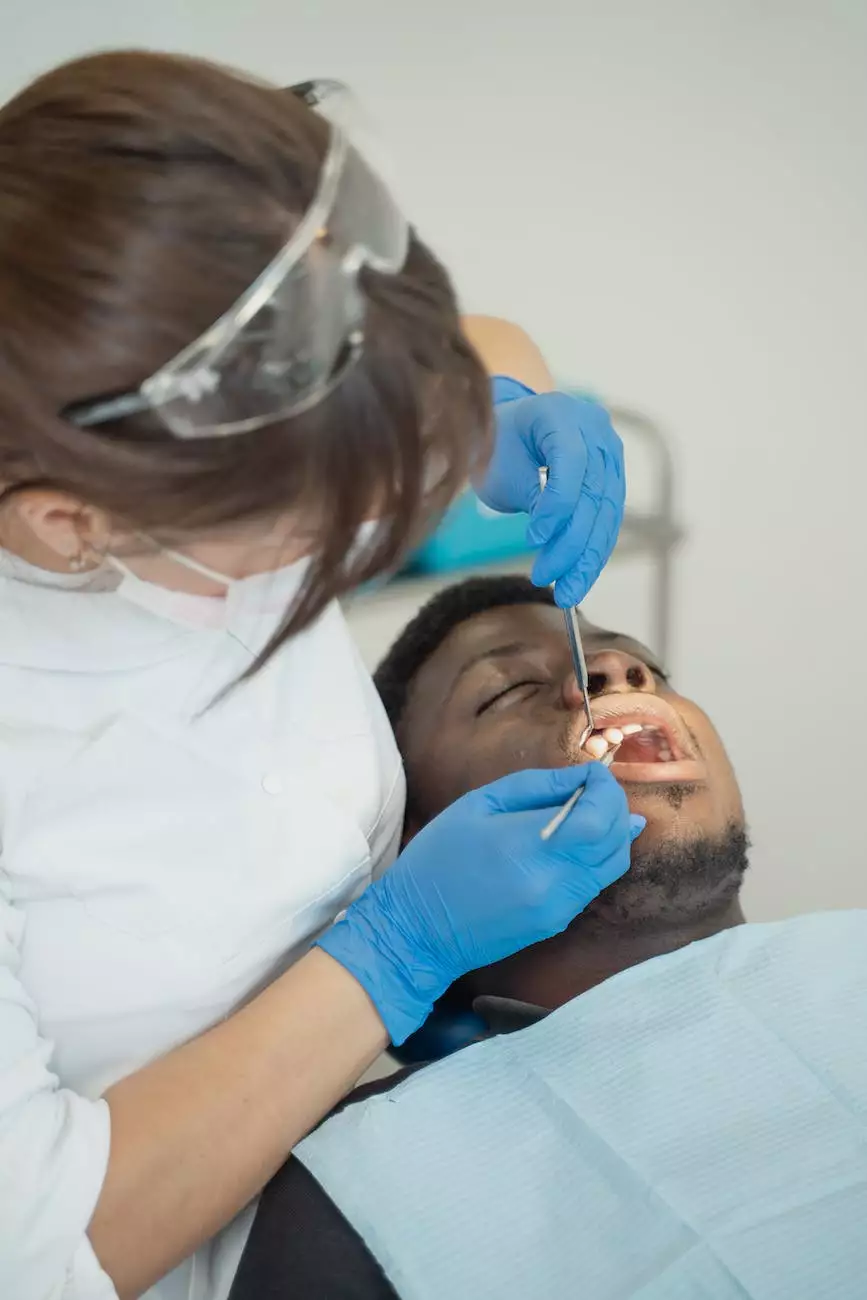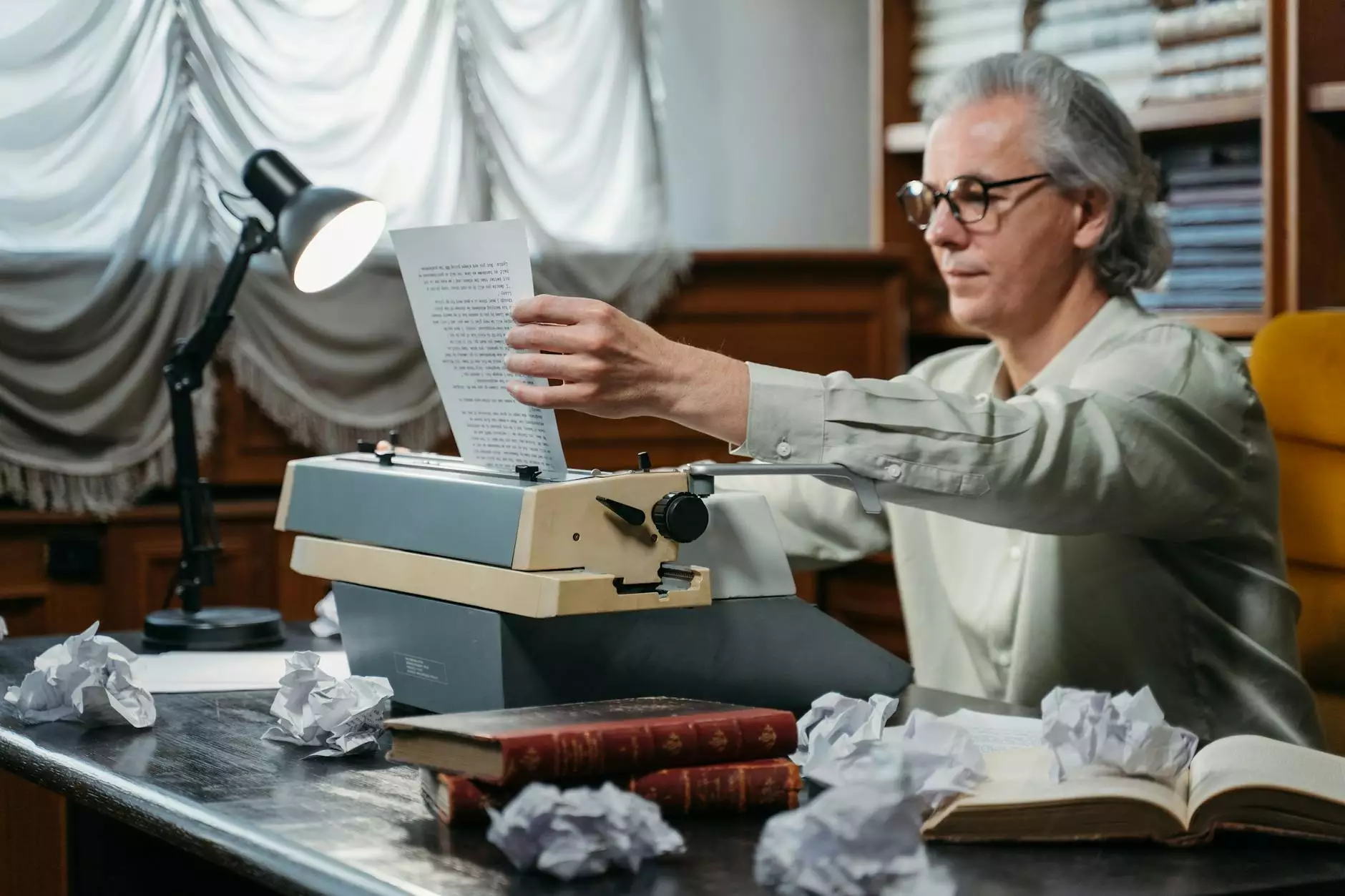The Evolution of Dental Anesthesia Through History
Blog
- Home
- About
- Services
- Contact
The Importance of Dental Anesthesia
In the realm of dentistry, one crucial aspect that has significantly improved patient experience is the advent of dental anesthesia. Without proper pain management, dental procedures can be excruciatingly uncomfortable and deter individuals from seeking essential dental care. Dental anesthesia, pioneered by professionals like Robert Miller, DDS, has revolutionized the field of dentistry, allowing patients to undergo treatments and procedures with minimal discomfort.
A Glimpse into the History of Dental Anesthesia
The evolution of dental anesthesia is a remarkable tale of innovation and perseverance. Let's take a journey through time, exploring influential milestones in the development of dental pain management techniques.
Ancient Times: Early Forms of Dental Pain Relief
In ancient civilizations, various methods were employed to alleviate dental pain, often using natural substances. Ancient Egyptians were known to use a combination of herbs and opiates to numb pain during dental procedures. Similarly, ancient Chinese practitioners utilized acupuncture techniques to manage pain in dental treatments.
The Birth of Modern Dental Anesthesia
Modern dental anesthesia, as we know it today, began to take shape in the 19th century. Dentists and researchers dedicated their efforts to finding safe and effective ways to alleviate dental pain. A significant breakthrough came with the discovery of nitrous oxide, also known as laughing gas, by an English chemist named Humphry Davy.
1844: William Morton and Ether
Although nitrous oxide was gaining popularity, it was William Morton, a dentist from Massachusetts, who introduced ether as an anesthetic agent for dental procedures. This pivotal moment marked the birth of dental anesthesia, revolutionizing pain management during extractions and other dental surgeries.
1853: The Hypodermic Syringe
Another essential development in dental anesthesia was the invention of the hypodermic syringe by Alexander Wood. This device allowed dentists to administer local anesthetics with precision, facilitating pain relief for various dental procedures.
1884: Cocaine and Local Anesthesia
Cocaine, derived from the coca plant, gained recognition as an effective local anesthetic agent. Carl Koller, an Austrian ophthalmologist, discovered its numbing properties when applied to the eye. This groundbreaking discovery paved the way for the use of local anesthesia in dentistry.
Modern Advances in Dental Anesthesia
Since these initial breakthroughs, dental anesthesia has continued to evolve, benefiting from countless advancements in medical research and technology. Today, various local anesthetic agents, such as lidocaine, are widely used to numb a specific area with minimal pain or discomfort.
Advanced Techniques for Optimal Patient Comfort
Robert Miller, DDS, a renowned dentist specializing in dental anesthesia, has dedicated his career to ensuring optimal patient comfort throughout dental procedures. Dr. Miller employs a range of sophisticated techniques, including the use of computer-assisted anesthesia delivery systems and sedation dentistry, to provide a relaxed and pain-free environment for patients.
Continuous Research and Innovation
With ever-advancing medical research and technology, the field of dental anesthesia continues to progress. Ongoing studies aim to refine existing techniques and develop novel approaches to improve patient experience.
© 2022 Robert Miller, DDS. All rights reserved.




